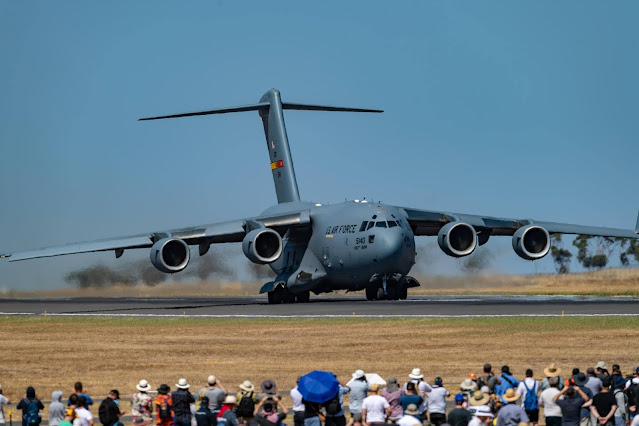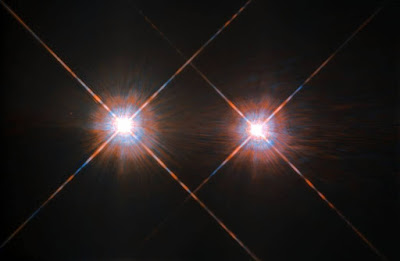Heat haze and what it can do to your views

People often ask me why the magnification on terrestrial telescopes is lower than on astronomical telescopes. It's because the atmosphere does horrible things to light rays. Have you ever tried looking at something on the ground with a high-magnification telescope, especially on a warm afternoon in summer? You're unlikely to see much at all. Here's a photograph of an aeroplane taking off. It was taken by my mate Paul, and I've shown some of his images before. Notice the trees in the background under the wing on the right? They're pretty clear. However, the trees that should be visible to the left through the jet engine exhaust are very blurred. Air isn't a smooth, consistent medium. It has warm and cold pockets, which act as lenses and distort light passing through. These move around chaotically, and the effect is what we call heat haze. When you magnify the image it becomes quite obvious, with the image moving about. The more magnification, the more obvious it ...




